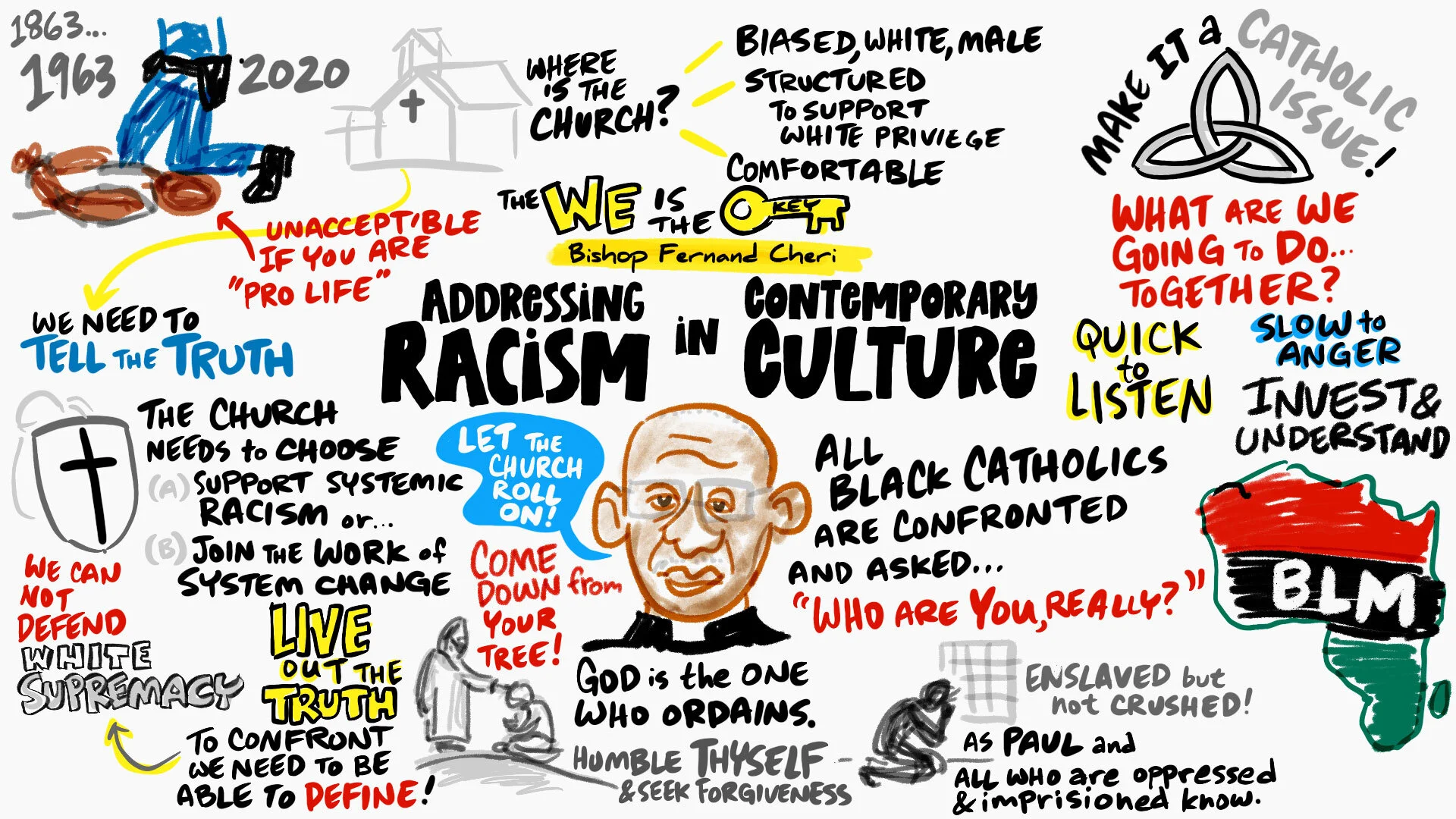Posters: A Way of Thinking
/ There you are: wandering the sprawling, urban landscape, cluttered with signage, garbage, traffic, human dwellings, human activity.
There you are: wandering the sprawling, urban landscape, cluttered with signage, garbage, traffic, human dwellings, human activity.
Here, among the refuse and decay--engineering and architecture slowly returning to nature really--you see a brilliant, colorful gem. A poster. A single spot of color on a grimey brick way holding up a parking structure, perhaps. Or a series of dozens of identical images plastering a surface the size of a tremendous movie screen, like a fim strip strung out life-sized.
A poster! Color and type and image all arranged perfectly so.
It jumps out as a paradox, a complexity of roles: they may serve a visual haiku, an inside joke, a political punch to the gut, an appeal to your moral core, but posters are so much more than just another pretty picture.
The city could be any city of any size, the preserved medeval center of Krakow in Poland, or the gianormous city-state of México City with a population larger than that of Canada (30-40 million!). But the poster plays the same role: it is a gift. A poster is a seed of art planted amidst the background scenery of daily life.
Milton Glaser, master of the poster, godfather of modern design, says, "Art performs a pacifying role in culture."
The practioners create commonalities between us. Glaser sites the writer Louis Hyde, who studied primative cultures, the passing on of gifts is a device that prevent people from killing one another. It is in the passing on of gifts, that we become part of a single experience. This is what role artists serve in a culture. Artists provide that gift to the culture so that people have something in common.
The 8th International Poster Biennial in México is organized by Trama Visual and endorsed by Icograda, the 8th International Poster Biennial in México featured posters from 145 graphic designers in 35 countries, selected from approximately 5,000 entries. [See article in Commarts.com]
“I cannot accept posters that are only a display or form, a fashionable design, but that lack content and have nothing to say. The poster is, first of all, a way of thinking. It should surprise, challenge and intrigue us. Although sometimes it looks like a sign, it should also be a symbol; it should possess a depth and a second plan. It should make us think!”
 Interactive designer-turned-videographer Hillman Curtis has produced a series of video portraits of poster designers at work, including the rabbi of poster design, Milton Glaser.
Interactive designer-turned-videographer Hillman Curtis has produced a series of video portraits of poster designers at work, including the rabbi of poster design, Milton Glaser. Take an inspiring tour through Glaser's studio and warehouse that holds two to three hundred thousand posters. It will inspire you, bring you peace, and change the way that you look at any poster!
See more of Glaser's work (and purchase his posters) at miltonglaser.com.








